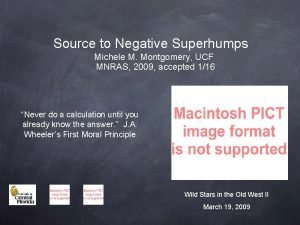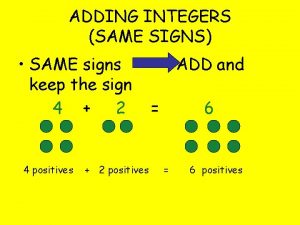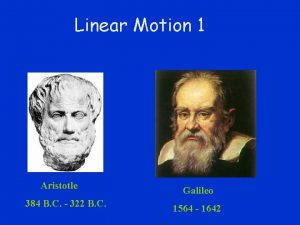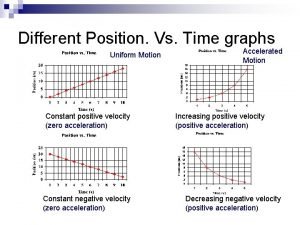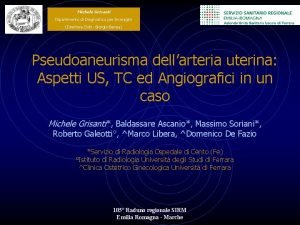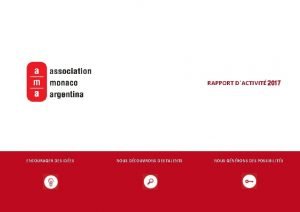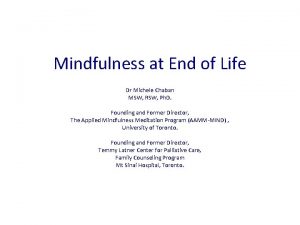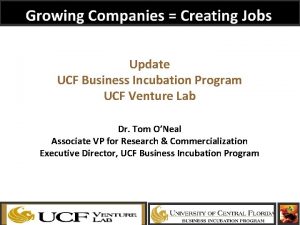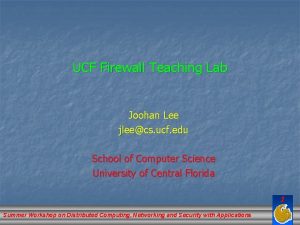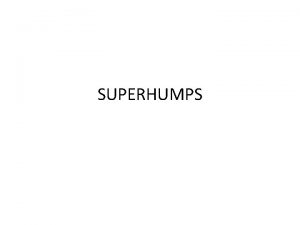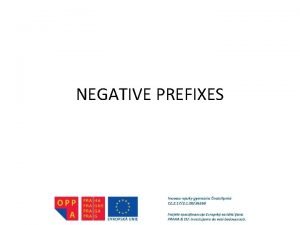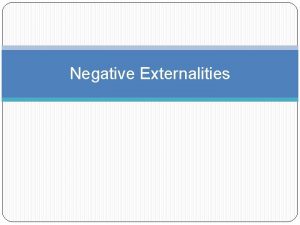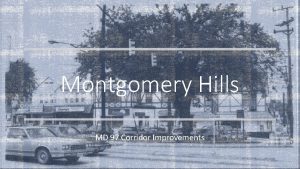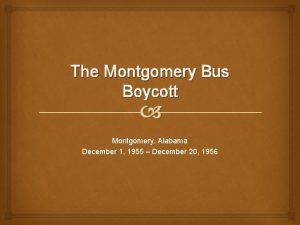Source to Negative Superhumps Michele M Montgomery UCF












- Slides: 12

Source to Negative Superhumps Michele M. Montgomery, UCF MNRAS, 2009, accepted 1/16 “Never do a calculation until you already know the answer. ” J. A. Wheeler’s First Moral Principle Wild Stars in the Old West II March 19, 2009

What are Negative Superhumps (and why should you care)? AM CVn Pneg=1011 s Porb=1028 s Ppos=1058 s Harvey et al. , 1998, Ap. J, 493, L 105 V 603 Aql Pneg=0. 134 d Porb=0. 1382 d Ppos=0. 146 d Patterson et al. 1997

What are Negative Superhumps (and why should you care)? AM CVn Pneg=1011 s Porb=1028 s Ppos=1058 s CBA Harvey et al. , 1998, Ap. J, 493, L 105 V 603 Aql Pneg=0. 134 d Porb=0. 1382 d Ppos=0. 146 d Patterson et al. 1997

What are Negative Superhumps (and why should you care)? CBA AM CVn Pneg=1011 s Porb=1028 s Ppos=1058 s CBA Harvey et al. , 1998, Ap. J, 493, L 105 V 603 Aql Pneg=0. 134 d Porb=0. 1382 d Ppos=0. 146 d Patterson et al. 1997

What are Negative Superhumps (and why should you care)? CBA AM CVn Pneg=1011 s Porb=1028 s Ppos=1058 s CBA Harvey et al. , 1998, Ap. J, 493, L 105 V 603 Aql Pneg=0. 134 d Porb=0. 1382 d Ppos=0. 146 d CBA Patterson et al. 1997

Which Systems Show Negative Superhumps? Montgomery (2009), Osaki (1985) CV Tree Census

How Do You Generate Negative Superhumps? Ø Ø Ø Partial or Fully Tilted disk (Patterson et al. 1993, Wood, Montgomery, & Simpson, 2000; Montgomery 2004; Montgomery 2009) Warped Accretion Disk (Petterson 1977, Murray & Armitage 1998, Terquem & Papaloizou 2000, Murray et al. 2002, Foulkes, Haswell, & Murray 2006) Tidally Induced Warp (Bisikalo et al. 2004) Montgomery (2004) Foulkes, Haswell, & Murray (2006)

Ø Gravitational E as gas flows over edge to inner disk (Patterson et al. 1997) Ø Varying EK of gas stream as it impacts one face of disk through locus of points as secondary orbits Co. M (Barrett et al. 1988) Ø Tidal field disturbing fluid flow in each of two disk halves (Wood, Montgomery, Simpson 2000) Ø Whole disk inclined out of orbital plane, gas stream flowing over or under edge of disk (Foulkes et al. 2006) Ø Bright spot transiting across face of disk as secondary orbits Co. M (Wood & Burke 2007) Suggested Sources To Negative Superhumps Foulkes, Haswell, & Murray (2006)

Does the Bright Spot Transit Disk Face? Montgomery (2009) SPH Code Ø 100, 000 particles Ø 0. 35 ≤ q ≤ 0. 55, M 1=0. 8 M Ø ~10 -10 M yr -1 Ø P=( -1) u, =1. 01 Ø , =0. 5 ( ’=0. 05) Ø M 2 -Porb (Smith & Dhillon 1998) Ø 2, 3, 4 O Tilt at orbit 200 Murray & Armitage (1998)

Clues to Source of Negative Superhumps 1. Degree of Disk Tilt (Montgomery 2009) 2. Mass Transfer Rate (Wood & Burke 2007) 3. Mass Ratio (Montgomery 2009)

Location in Disk that Powers the Negative Superhump Montgomery (2009) Orbit 220 Frame 150 (min) Frame 220 (max) Orbit 215 Frame 0 (min) Frame 0 (max) AAS #214 - UCF UG Mark Guasch

Summary (Montgomery 2009) 1. >3 O disk tilt (agrees with Murray et al. 1998) 2. q, mass transfer rate, degree of tilt affect negative superhump signal strength 3. No harmonics in light curves of low mass transfer rate systems 4. Location in disk of negative superhump is innermost annuli 5. Source is innermost annuli emission that waxes and wanes with gas flow as secondary orbits Co. M. Gas streams transitions from flowing over to under (and vice versa) at disk nodes twice per orbit. 6. For other conclusions, see Montgomery (2009) montgomery_at_physics. ucf. edu
